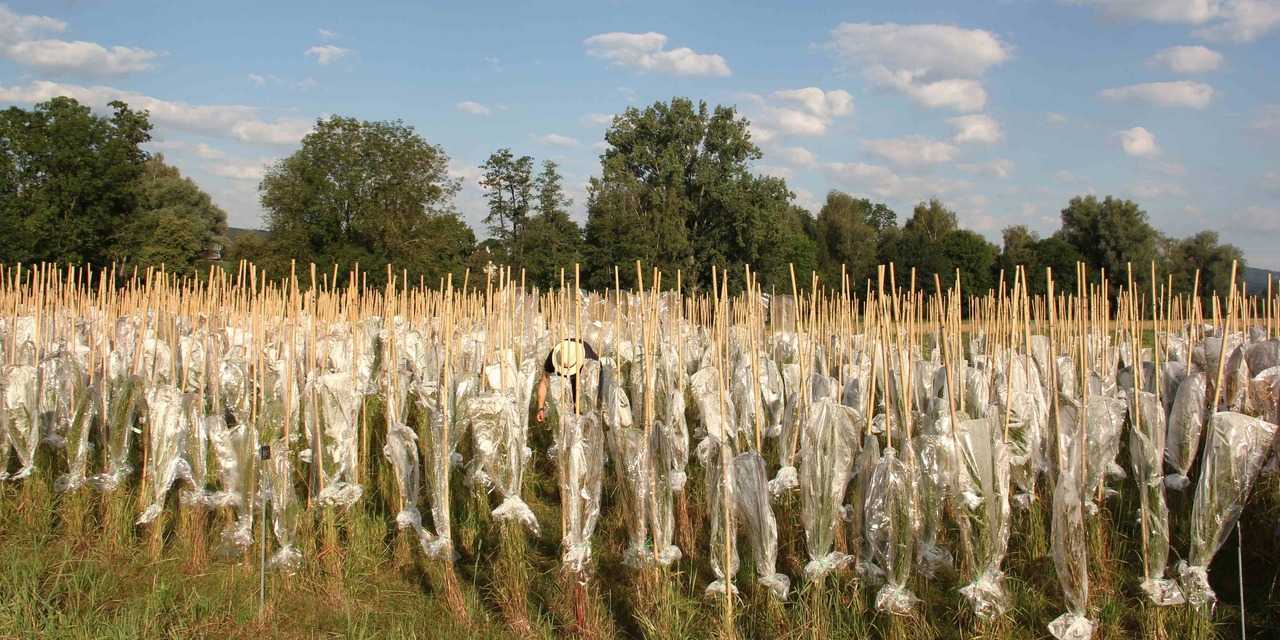How to increase seed yield in forage grasses
Selection on spaced plants efficiently increase seed yield through a reduction of seed shattering in sown swards.

Seed shattering, i.e. the loss of seeds at the ripening stage before or during harvest, has been identified to be one of the main factors limiting harvestable seed yield in Italian ryegrass (Lolium multiflorum Lam). We aimed to assess the potential for reducing seed shattering within breeding germplasm through classical recurrent phenotypic selection on spaced plants.
After two cycles of recurrent phenotypic selection, starting from a breeding population not selected for seed shattering, we observed significant selection effects between the contrastingly selected populations. The population selected twice for reduced seed shattering exhibited the lowest rate of seed shattering (15.3%), while the population selected twice for increased seed shattering showed the highest rate (47.9%). A subsequent trial with sown swards confirmed the same ranking among the selected populations.
These results demonstrate that the recurrent phenotypic selection method applied to spaced plants effectively reduces seed shattering in sown swards and thereby also improves seed yield in swards.
This work received funding from Agroscope and Delley Seeds and Plants Ltd. It was a collaboration between the Fodder Plant Breeding group at Agroscope and the Molecular Plant Breeding group at ETH Zurich.
Citation:
Kiesbauer J, Kölliker R, Hug M, Sindelar M, Schlatter LH, Ohnmacht J, Studer B and Grieder C (2025) Higher seed yield through selection for reduced seed shattering in Italian ryegrass. Crop Science, 65(1), e70002.
external page https://doi.org/10.1002/csc2.70002